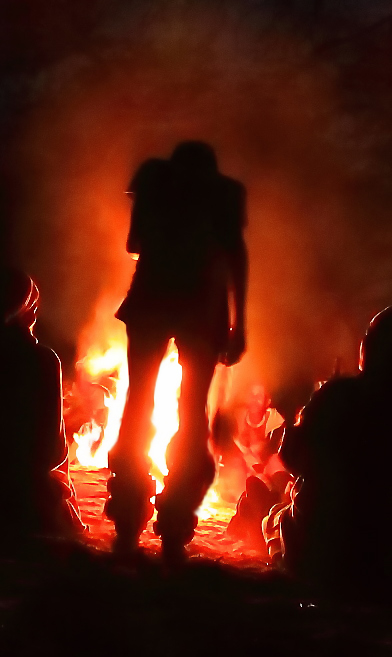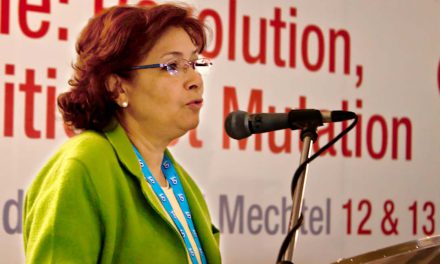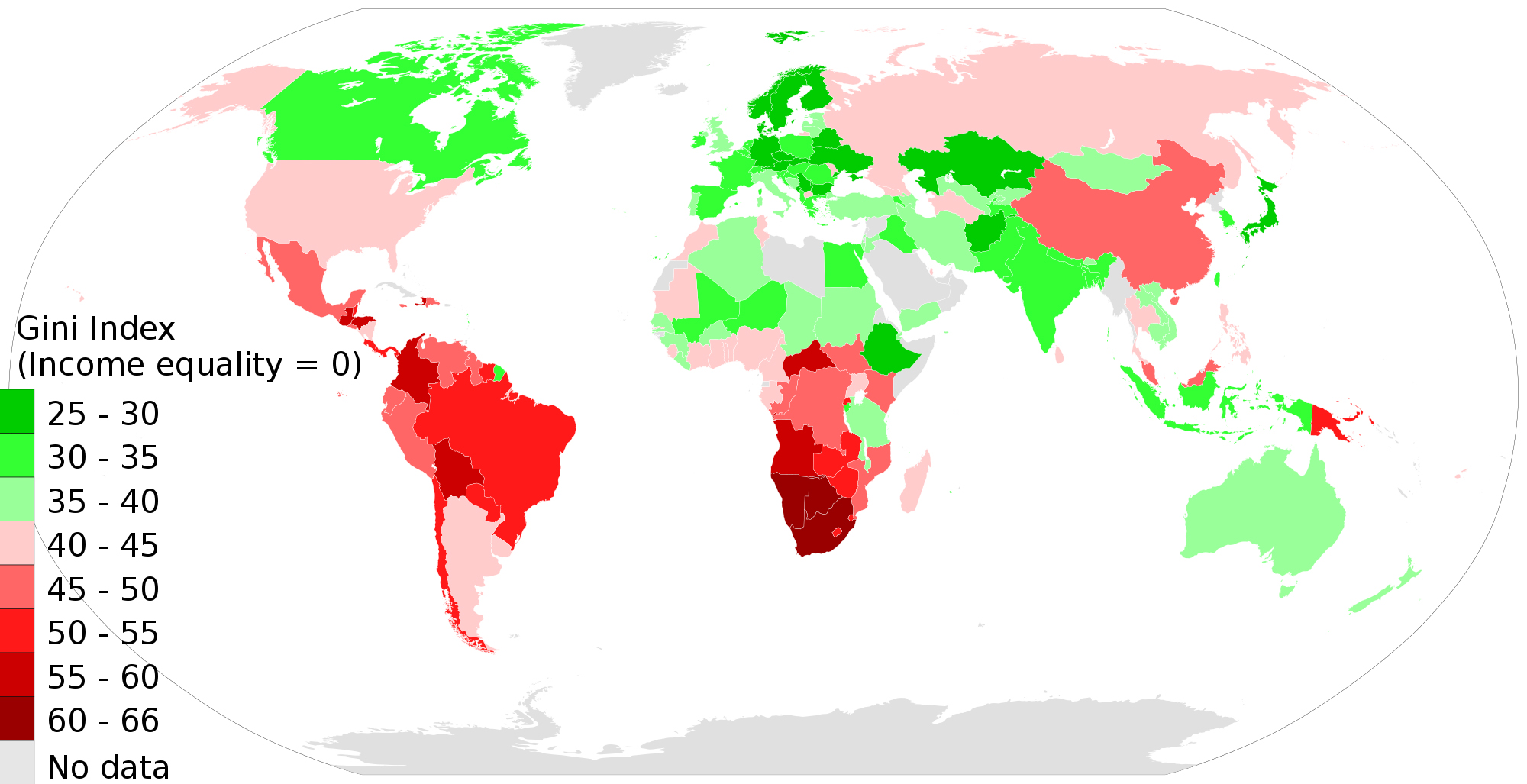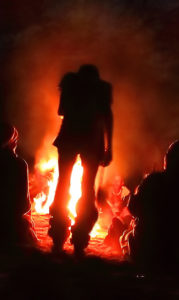
San Dance
The past 20 years have seen a complete transformation of the political and legal landscape for Africa’s indigenous people
The term “indigenous people”, and the identification of particular groups in these terms, evokes strong emotions, outright hostility even, among many Africans, or at least in their governments. They point out that all African peoples are indigenous to Africa, and proceed to argue that the term has, at best, no utility or relevance to Africa, or is, at worst, divisive and will only serve to stoke the ever-present embers of ethnic conflict.
Recognising indigenous rights for some groups in a multi-ethnic African country, so the argument goes, is to give special rights to some and not others, threatens the hard-won unity of African states and imperils the territorial integrity and sovereignty of these states themselves.
Since the 1990s, however, advocates of Africa’s indigenous people have become increasingly visible, vocal and organised in southern Africa and across the continent. They have made significant progress in challenging these interpretations of indigenous rights, and in developing a socio-political and jurisprudential conceptualisation of indigeneity within the African context.
If there is one moment that signifies the beginning of the struggle for the recognition of the rights of indigenous peoples, it is August 3, 1989, when a Maasai activist and former member of the Tanzanian parliament, Moringe ole Parkipuny became the first self-identified African indigenous person to address the United Nations Working Group on Indigenous Populations (UNWGIP). In his speech Parkipuny laid down the foundations for much of what has become – through the work of the African Commission for Human and Peoples’ Rights – an African framework for addressing the plight of Africa’s indigenous peoples.
Speaking primarily about East Africa, Parkipuny noted that two main categories of peoples were affected: hunters and gatherers and pastoralists. He went on to note that, “(t)hese minorities suffer from the common problems which characterise the plight of indigenous peoples throughout the world. The most fundamental rights to maintain our specific cultural identity and the land that constitutes the foundation of our existence as a people are not respected by the state and fellow citizens who belong to the mainstream population. In our societies, the land and natural resources are the means of livelihood, the media of cultural and spiritual integrity for the entire community.”
This landmark speech remains the basis of much of what indigenous activists and organisations – whose numbers have exponentially increased in the intervening 20 years – have come to understand as the challenges facing Africa’s indigenous peoples. Just as importantly, an increasing number of African institutions and governments are at last coming to better understand their situation.
A few months after Parkipuny’s speech another seminal event occurred, marking a turning point in the lives of Africa’s most iconic indigenous people, the San. On March 21, 1990 the sparsely populated semi-desert country of Namibia gained its independence from apartheid South Africa. This followed a brutal and protracted war of liberation, which had raged for more than two decades and ravaged not only Namibia, but all the so-called frontline states. However, under a UN-brokered peace deal, the war ended with a whimper rather than a bang.
The war had been a disaster for Namibia’s hunter-gatherers – known collectively as the San, or Bushmen – and the peace proved to be the beginning of a new form of hell for those who survived. During Angola’s war for independence from colonialism the San had been press-ganged into fighting on behalf of the Portuguese and, upon the victory of the MPLA, faced brutal reprisals from the victorious ruling party and its army. Those who could, fled across the border to (then) South West Africa, where the South African army, by now facing fierce resistance from the South West African People’s Organisation (SWAPO), which was backed by the Cuban army, lost no time in conscripting them to their own cause.
Renowned both as exceptional trackers, and with a reputation for fearlessness and formidable fighting skills, they came to be respected by both sides to the hostilities as an extremely effective fighting force. With memory of their post-independence ordeal in Angola, which included brutal massacres, rape and torture, fresh in their memories, many of these San soldiers and their families took up an offer by the departing South Africans to accompany them to South Africa, where they were promised housing and military pensions.
Namibia’s independence, however, appeared to offer fresh hope and impetus to a nascent southern African indigenous people’s movement. In the early years following Namibian independence the country enjoyed a honeymoon period, having achieved a peaceful transition and adjudged to have undergone a credible and fair election, and attracting a number of international donors.
Namibia’s ties with Scandinavian countries were particularly close; these had been forged in the solidarity shown to SWAPO by the Norwegian, Danish and Swedish anti-apartheid movements in particular. The Danish-based International Working Group on Indigenous Affairs (IWGIA) played a prominent role in hosting conferences themed around Africa’s indigenous peoples. In 1992, the first regional conference on development programmes for Africa’s San populations was held in Windhoek, Namibia, funded by the Swedes and the Norwegians. Conferences in Botswana soon followed. Soon after, delegates to these conferences demanded a regional NGO that could represent their interests.
In that same year, the Namibian government convened its first major land conference, intended to guide Namibia’s land-reform programme. At the conference, San delegates, aided by researchers, pulled out maps laying out in great detail the extent of their traditional territories. Perhaps feeling that it had disturbed a hornet’s nest, the Namibian government quickly announced that land reform in Namibia would explicitly exclude claims for ancestral or aboriginal title. This has been government policy ever since – although this is being challenged in court as I write, but more on that in a moment.
This reaction by the Namibian government was an early indication that any gestures claiming to ensure the rights of the country’s most marginalised citizens would not include anything so radical as returning their land to them.
In 1996, the San established the Working Group for Indigenous Minorities in Southern Africa (WIMSA) as a regional NGO with the mandate to represent the interests of their communities in Namibia, Angola, Botswana and South Africa. The same year also saw the establishment of the South African San Institute. The following year, the Indigenous Peoples of Africa Coordinating Committee (IPACC) was established to represent and advocate for the rights of all of Africa’s indigenous communities. It demanded that African states – and continental organs such as the African Commission for Human and People’s Rights – pay attention to their plight and take active steps to recognise and protect their rights.
Moreover, they demanded this recognition not just as individuals or minorities but collectively as communities that continued to suffer disproportionally from extreme poverty, land dispossession, domination, cultural erosion and multiple human rights violations. These included, in some cases, being driven virtually to extinction as peoples.
IPACC now represents 135 indigenous peoples’ organisations in 21 countries. It is the largest African indigenous peoples’ organisation, with observer status in all the major UN and African multinational institutions.
Following Parkipuny’s speech, indigenous peoples’ organisations also proliferated in East Africa. By the late 1990s, they were at the forefront of African indigenous activism and in using the African court system and continental institutions such as the African Commission on Human and Peoples’ Rights (ACHPR) to advance the cause of Africa’s indigenous communities. It was largely due to their efforts that the ACHPR accepted a demand from African indigenous activists to examine the human-rights situation of communities in Africa whose lifestyles and modes of production were distinct from those of the dominant cultures or ethnic groups and who were marginalised and whose cultures and ways of life faced grave threats and even extinction.
The turn of the 21st century saw what remains the most important development in the advancement of the concept of what it means to be indigenous within the African context when, in 2000, in response to demands from local and international activists, the ACHPR established the Working Group of Experts on Indigenous Populations/Communities (ACWGIP) to “consider all aspects of the rights of indigenous peoples in Africa and to promote consideration of the matter by African states”.
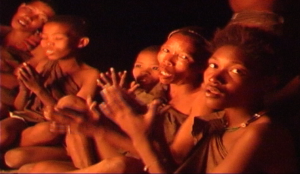
The resulting report, Report of the African Commission’s Working Group of Experts on Indigenous Populations/Communities, is a comprehensive analysis of the concept of indigeneity as it applies in the African context. It exposed the socio-economic and human rights situation of Africa’s indigenous communities, and showed that they faced conditions of extreme economic and cultural marginalisation – often resulting from the differences in their social structures, modes of production and consumption, as well as their exclusion from the mainstream of the dominant societies. The report also provided an analysis of the African jurisprudence, and in particular the African Charter, relating to these matters.
The ACHPR challenged the view that the concepts of “aboriginality” or “first arrival” were not “appropriate” in the African context. Limiting the term “indigenous peoples” to cover those local peoples that had been subject to political domination by the descendants of colonial settlers made it difficult to meaningfully employ the concept in Africa, it said. Moreover, domination and colonisation had not been practised exclusively by white settlers. In Africa, since independence, dominant groups had also repressed marginalised groups. “It is this sort of present-day internal repression within African states that the contemporary African indigenous movement seeks to address,” it concluded.
An addendum to the report issued by the ACHPR that described the characteristics of Africa’s indigenous peoples concluded that “[t]his discrimination, domination and marginalisation violates their human rights as peoples/communities, threatens the continuation of their cultures and ways of life and prevents them from being able to genuinely participate in decisions regarding their own future and forms of development.”
The working group highlighted the following characteristics of indigenous populations:
• Their cultures and ways of life differ significantly from the dominant society;
• Their cultures are under threat, in some cases in risk of extinction;
• Survival of their particular way of life is dependent on rights to their traditional land and natural resources;
• They suffer forms of discrimination resulting from the view that they are less developed and less advanced than dominant members of society;
• They often live in geographically isolated and inaccessible regions, and suffer from various forms of marginalisation;
• And, they are subject to domination and exploitation within national political and economic structures.
While this has not necessarily ended the discussion, the ACHPR has played a pivotal role in guiding the African response to the human rights of indigenous peoples. This was most evident when some African states, led by Namibia, raised a number of objections to several clauses of the UN Declaration on the Rights of Indigenous peoples (UNDRIP), delaying its adoption by a year. During that year, indigenous peoples’ organisations – notably IWGIA and IPACC – lobbied these governments extensively. Their efforts paid off when Namibia, South Africa and Botswana voted in favour of the adoption of the UNDRIP.
Indigenous activists continue to insist that their communities face disproportionate discrimination because of practising age-old ways of life, hunting and gathering and pastoralism, which are regarded by the dominant ethnic groups as “backward” and unsuited to the development paradigms of newly independent African states. These communities face eviction from their lands and forests to make way for “more productive” activities such as mining, cattle farming or conservation areas and national parks. In many instances, their languages are actively suppressed, or are dying due to historical oppression, combined with the rapid erosion of the land base, which forms the basis of their existence as communities.
But a number of court cases brought by indigenous communities across Africa have begun to lay the foundations for an African jurisprudence on the rights of indigenous peoples. The Khomani San in South Africa successfully settled a land claim in the Richtersveld in 1999, while the Enderois, a community in Kenya, won their rights to land in and around Lake Bogoria in 2010, after a protracted court battle. More recently, the Hai//om people of Namibia, a San group, have launched an aboriginal title claim to the Etosha game park, one of the world’s iconic conservation areas. The case is due to be heard in October 2018.
The past 20 years have seen a complete transformation of the political and legal landscape for indigenous people in Africa. The continent’s indigenous peoples have won this victory in the face of continued brutality and deprivation – and despite ongoing denial and hostility from their respective governments. How we, as Africans, respond to their calls for full recognition and respect for their human dignity will determine what the next 20 years will bring for our most marginalised, yet resilient, citizens.

